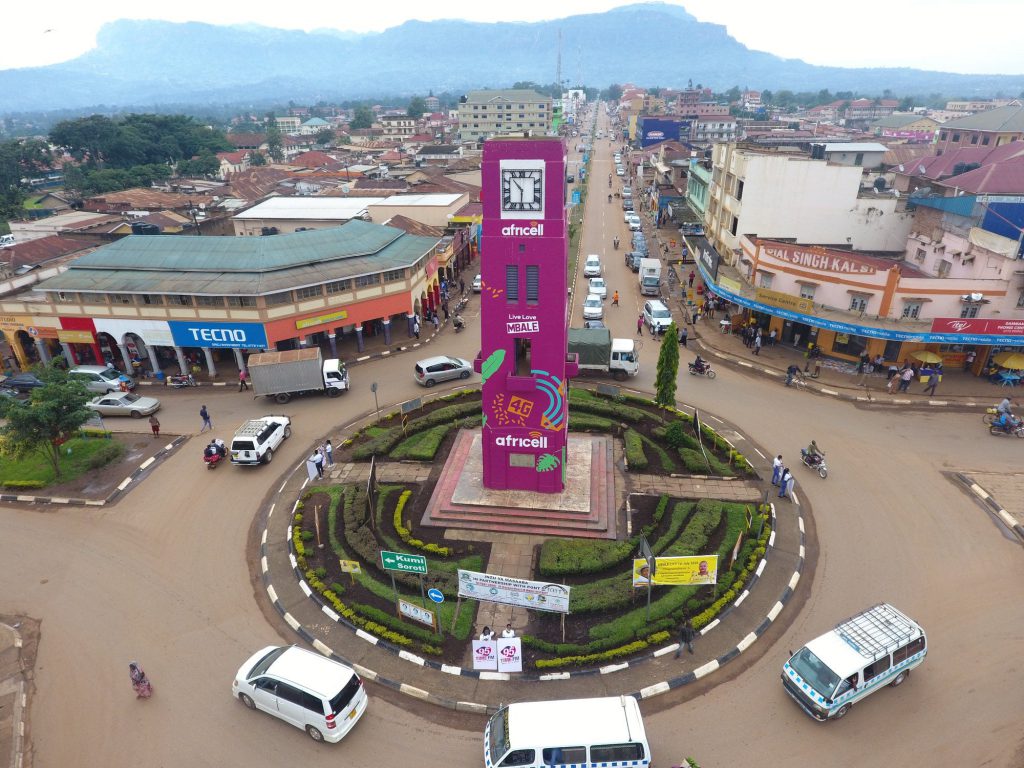
Mbale City Tour
Mbale City Tour
The majority of people in Mbale are Bamasaaba. The district’s indigenous tongue is Lumasaaba.
Mbale is full of historical landmarks, including the North Road Primary School, which was erected by Indians in the early 1900s, and numerous other buildings designed by Indian architects.
The cleanest city in East and Central Africa was Mbale. At the time, Dr. Apollo Milton Obote, the president of Uganda, referred to it as the “Jewel of East Africa.”
The Wanaale Ridge, which is visible from all parts of the town and boasts picturesque cliffs, cascading waterfalls, and green, cultivated slopes, adds to the town’s allure. The white rocks along the hills are spread out like a white sheet, which is probably why the late colonial agent Semei Kakungulu called it a white cock because it looks like a white cock from a distance.
Mbale takes great pride in her extensive heritage. It is the birthplace of Bugisu Arabica Coffee, the brand-leading product of Bamasaaba. The sole farmers’ union still in existence in Uganda is the Bugisu Cooperative Union, founded in 1954.
Imbalu, a traditional Bamasaaba practice that involves circumcision, originated in Mbale. Imbalu is introduced every even year at the Mutoto Cultural Site, which is close to Mbale Town. Thousands of people attend just the launch. After the Brazil Samba Festival, Imbalu Launch is regarded as the second-largest festival.
Nightlife
Although not very active, Mbale’s nightlife is nonetheless pretty entertaining. The Thatch and El Tanjia are two of Mbale’s busiest nightclubs. By midnight on Friday and Saturday, the dance floor is packed.
